electrical circuit components
Simple electrical circuit components
 electrical circuit components
electrical circuit components
electrical circuit components
The components of an electrical circuit are a path that transmits electric current.
Where an electric circuit contains an element that generates energy for charged objects that express current;
as alternator or battery can be used, As well as devices that require the presence of current such as electric motors,
and lamps, The electrical circuit operates according to two basic laws; I Ohm’s Law, The second is Kirchhoff’s rule of law.
All the things that surround the human being and that can be connected to electricity are considered to be the electrical circuit.
as well as things that contain batteries, Thus, it can be said that an electrical circuit is a group of electrical elements that are connected to each other.
Through an electric loop with a power source, which allows electric current to pass through, The great use of it is one of the reasons for the great human progress.
electrical circuit components
simple electrical circuit components
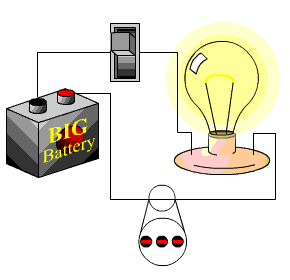 the battery
the battery
The battery is the electric generator in the circuit.
It contains two poles, one of which is positive. and the other negative, The battery in the electrical circuit drives the electric current through the wires.
When the circuit is represented by drawings and symbols; The battery is represented by two lines offsetting the length, The first is long and bears the positive sign, The second is short and bears the negative sign.
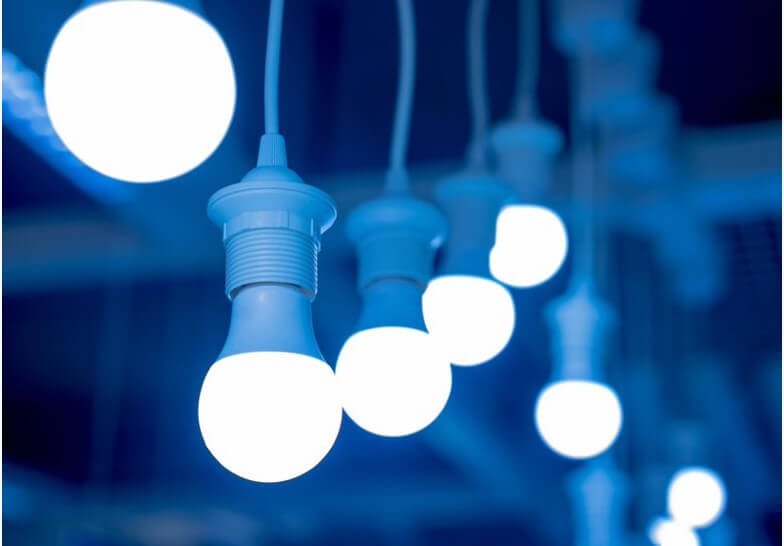
the Flashlight
The lamp is the part that receives the electric current in the circuit.
It lights up and glows when the electrical circuit is completely closed.
When drawing the circuit with symbols, The battery is given a circle symbol with an x sign in it.
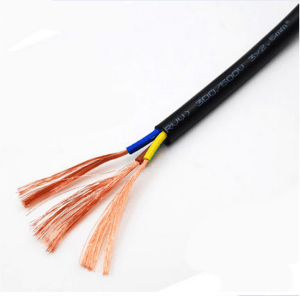 electrical wire
electrical wire
The wires used to conduct the electric current,
which are usually made of materials that conduct electricity,
Like copper and aluminum from the inside,
On the outside, it is covered with electrical insulating materials.
It is usually a plastic material.
The materials that conduct electric current are of low or weak resistance.
Thus, it allows the passage of electric current through it easily, It is used to connect parts of an electrical circuit together.
It is the only way through which current passes from the battery to the rest of the electrical circuit. When the circuit is represented in the diagram, it is given the symbol of a straight line.
electrical circuit components
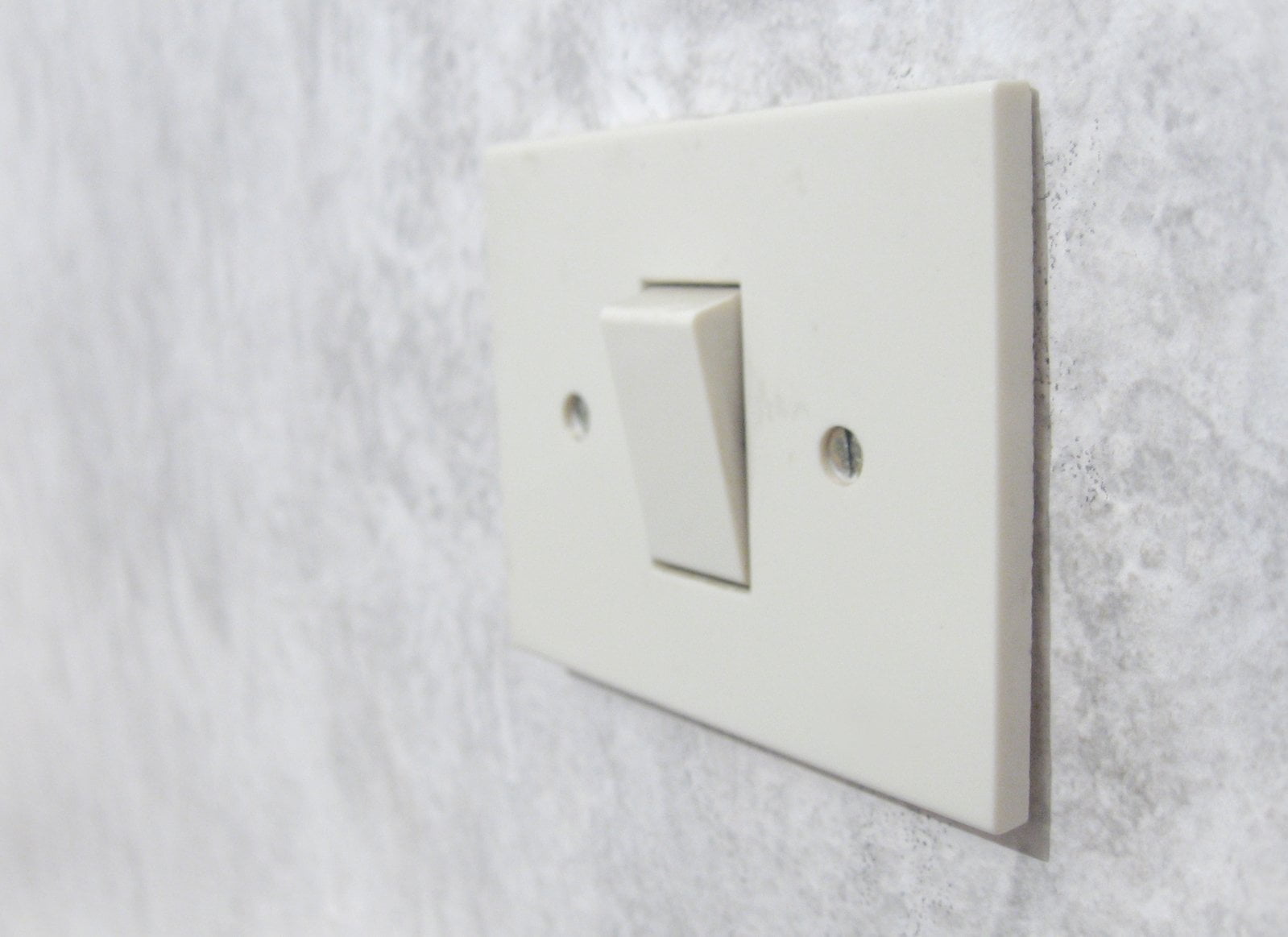 the key
the key
A switch is a secondary component in an electrical circuit. Usually it is used to open and close the circuit;
That is, it is used to control the electrical circuit. When the circuit is represented by symbols, it is given a raised slash symbol.
electrical circuit components
Types of electrical circuit
parallel circuit
An electrical circuit that is connected in parallel has many paths through which electric current flows from one point to another,
All of its components are connected to a set of common electrical points.
Usually the electrical sources are connected, and resistors on two sets of points that share an electric current,
In a parallel circuit, electric current flows in many directions; either horizontally or vertically,
All components of this type have the same voltage, similar poles, Circuits connected in parallel consist of many branches,
This allows the electric current to be distributed, As for the power voltage, Or the potential difference, it is equal for all components of the circuit with the difference in electric currents.
electrical circuit components
straight circuit
A series-connected circuit has a single path through which electric current flows.
The amount of electricity in all the components of the circuit is equal;
That is, the current is the same in all parts of the circuit. As for the resistance to electric current, it is equal to the sum of all the individual resistances.
Thus, it can be said that the more individual resistances in the circuit that are connected in series, the greater the difficulty in the flow of electrons.
The concept of an electric circuit An electrical circuit can be defined as a closed loop in which electrons flow,
In most cases, the battery is the source of these electrons or the source of the electric current that flows in the circuit.
Electrons will not pass through if the circuit is not completely closed. Electric circuits are generally used to generate electricity. or heat, or mechanical energy.
If the electrical circuit is of a simple type, then it is a closed circuit that combines one or more batteries.
In addition to one or more electrical resistances, electrical wires are connected between them, Simple electrical circuits are classified into series circuits or parallel circuits.
electrical circuit components
The following physical quantities can be measured in these electrical circuits:
electric current: It is denoted by the letter I. I), It is measured in the ampere unit. Amperes), Which is denoted by the letter A.
electrical resistance: It is denoted by the letter R. R), It is measured in ohms (in English: Ohms), Which is denoted by the symbol W.
electric potential difference: The electric potential difference is denoted by the letter .
(in English: V), It is measured in volts. volts), Which is denoted by the letter v.
The concept of electrical circuit in series The electrical circuit in series can be defined as the circuit in which all the components of the circuit are placed in one row,
That is, there is only one path for the flow of electricity, The electrical circuits can be understood and calculated respectively through the following:
The same current flows through all components of an electrical circuit which, in series:
Where the electric current at any point in the electrical circuit in series is equal in value to all other points in the same circuit,
Which helps in calculating some physical quantities using Ohm’s law. The total resistance of the circuit in series is equal to the sum of the resistances in the circuit:
To find out the value of the electric current in an electric circuit in series,
The sum of the resistors in the circuit must be calculated,
which is equal to the total resistance of this circuit.
The voltage applied to the circuit in series is equal to the sum of the voltages applied to this circuit:
This means that to calculate the total voltage in a circuit the sum of the applied voltages from batteries or any other source of voltage is calculated.
The voltage of a resistor is directly affected by the size of the resistor:
This is represented by the greater the size of the resistance, the greater its consumption of electrical voltage. Consequently, the amount of voltage passing through the circuit decreases more after passing through the resistance.
If there is any opening in the electrical circuit, No current will flow through this series-connected circuit:
For example when a group of LEDs are connected in series,
If any of these lamps malfunction, all other lamps will not work.
How to make an electrical circuit in series The process of creating a simple electrical circuit in series is simple and easy, This is because of the ease of steps and simple equipment available at home.
Components of an electrical circuit The components of an electrical circuit can be summed up as follows:
battery. Electric lamp. Light bulb holder. Two insulated wires.
Steps to make the electrical circuit The following steps can be followed to make the electrical circuit in succession:
Assemble the tools required to make the circuit. Uncover the ends of the insulated wires by removing 2.5 cm from their ends.
Connect the wires with the battery, Bearing in mind that the wires will conduct the electrical current from the battery to the light bulb,
Where the end of one wire must be connected to the metal on the side of the battery, And the other wire with the other side of the battery.
Attach the other end of the wire to the metal screw of the battery holder, By unscrewing the lamp holder screw and twisting the wire ends into a U shape
, put it around the screw and then tighten the screw to make it connect well.
Ensure that the circuit is connected correctly, If it is connected properly, the lights will light up.
If there are more than one lamp, another lamp holder can be connected to the lamp at the same level,
And connecting the two ends of the lamp holders with two wires to be connected in series.
The difference between series and parallel Electricity is generated in an electrical circuit by moving electrons from one place to another in this circuit,
In a series-connected circuit, only one path is used to transfer these electrons.
Therefore, the presence of any cut or defect in this path leads to disruption of the flow of electricity in the entire circuit, In circuits connected in parallel,
Electricity flows through more than one path. Which means that if there is a cut or defect in one path, it will not affect the other paths
electrical circuit components
electrical circuit components
We are pleased to have you visit our pages on social networking sites, where we publish exclusive offers on our website.
Our Facebook page here .
Our Twitter account is here .





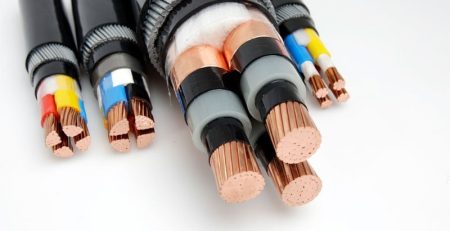
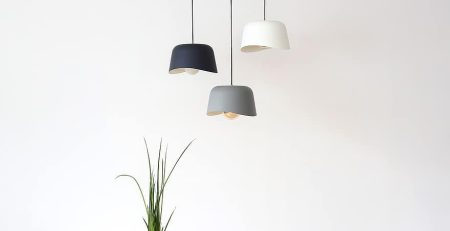
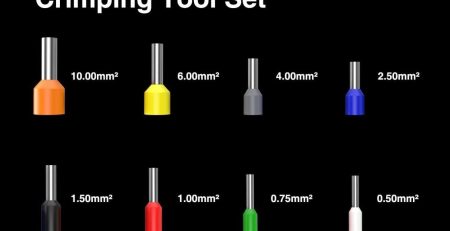
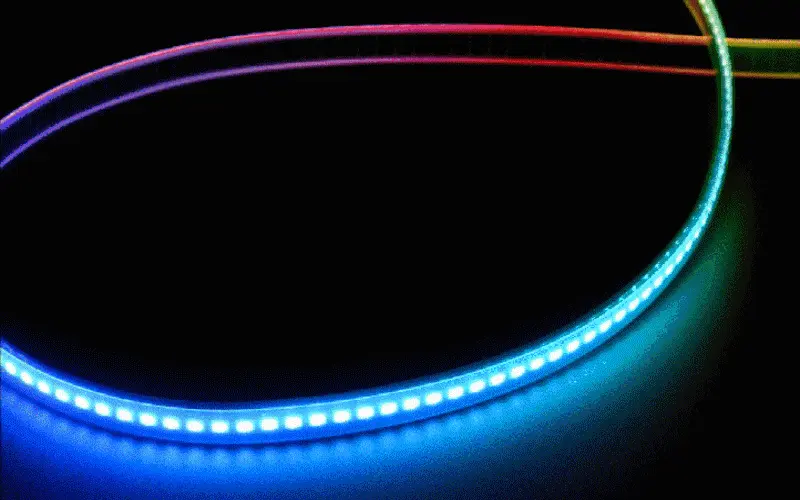
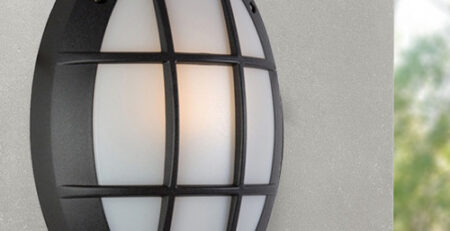

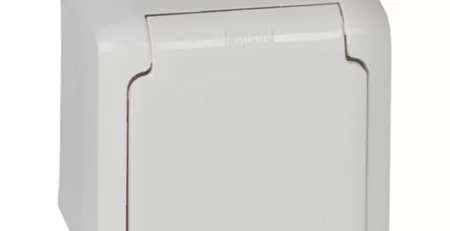
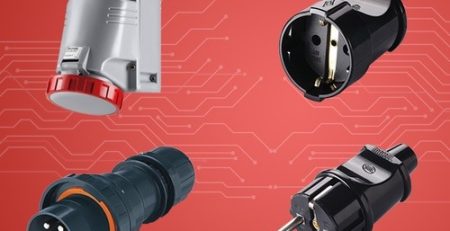

Leave a Reply
You must be logged in to post a comment.